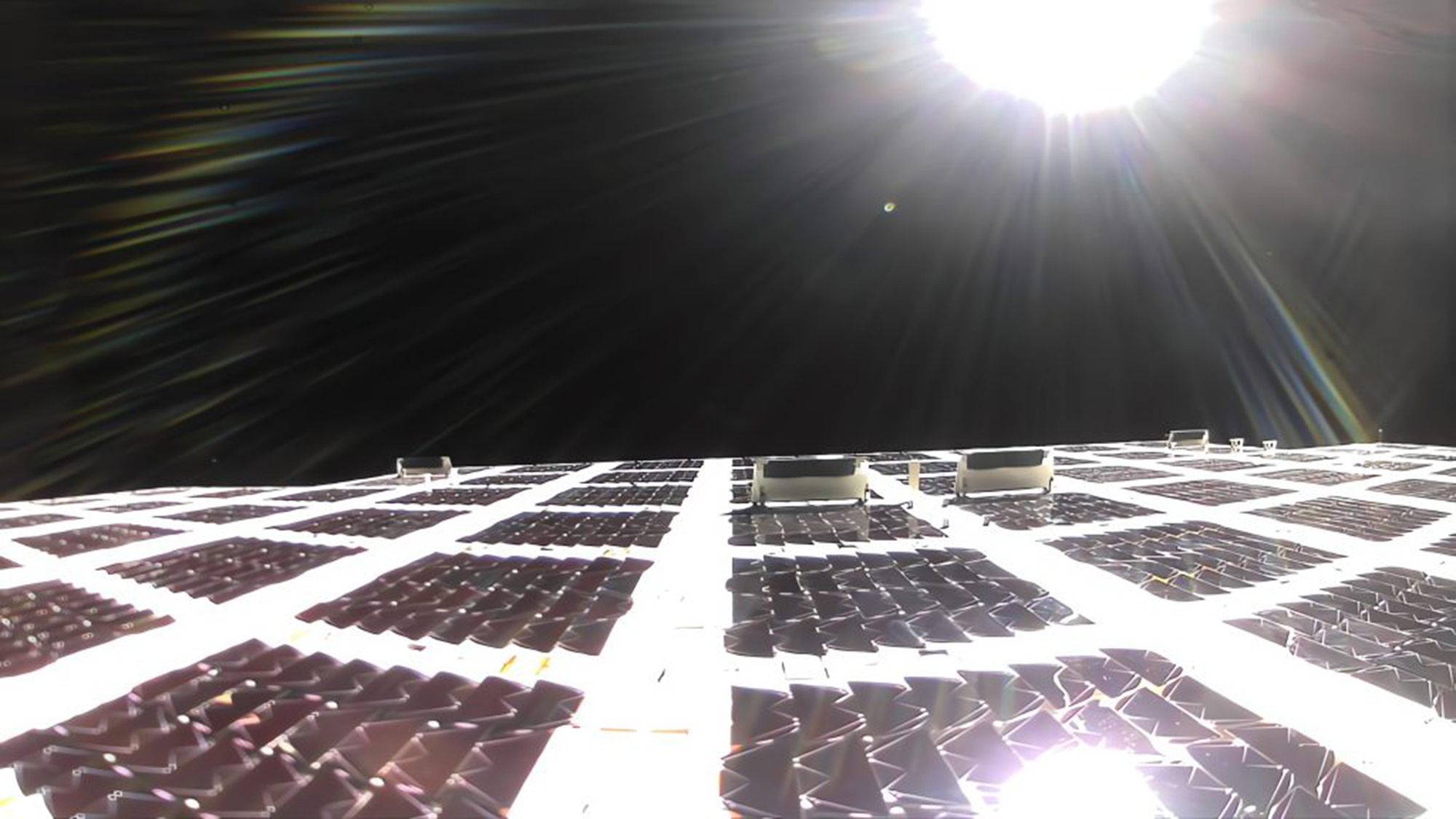

This week, a company called AST SpaceMobile announced that it had successfully transmitted a 4G LTE signal from its BlueWalker 3 satellite to “off-the-shelf smartphones” in Hawaii using AT&T’s cellular network. According to the press release, it “achieved repeated successful download speeds above 10 Mbps during testing.” That’s fast enough for normal browsing, messaging, and even watching videos.
What’s impressive here is that cell phones typically connect to ground-based cell towers, not satellites. That’s why it’s hard to get cell service on a boat a few miles out to sea or when you’re traveling through a rural area. But by using satellites, AST SpaceMobile may be able to expand coverage to theoretically nearly anywhere on the planet. No more worrying about passing through a signal deadzone.
“AST SpaceMobile’s space-based cellular capabilities are designed to be a critical extension for cellular communications,” Abel Avellan, chairman and CEO of AST SpaceMobile, said in the press release. “In addition to supporting basic voice and text that we expect from phones, it would also enable users to browse the internet, download files, use messaging apps or stream video.”
One of the big problems with cell coverage is that cell towers have a surprisingly limited range. Take the 5G networking standard. It relies on three different spectrum bands to provide three different kinds of cellular service. Low-band 5G uses frequencies less than 1 GHz and has the greatest range—but the lowest speeds (it tops out at about 100 Mbps); mid-band uses the frequencies between 1 GHz and 6 GHz, and has a pretty good balance of speed and range; and high-band or millimeter wave (mmWave) uses frequencies between 24 GHz and 40 GHz and allows for Gbps speeds but only within a few hundred feet. In other words, as range increases, speed decreases.
In cities and suburban areas, you will typically be within a mile or two of the cell tower providing your phone with service. In rural areas, towers can theoretically have a range of up to 45 miles, but the connection is affected by what wavelength the tower transmits, the geography of the region, how powerful the signal is transmitted, and many other factors, so the range is often a lot shorter.
All this is to say, providing high-speed cellular broadband to an area as vast as the US using ground-based towers is a major challenge not readily solvable with existing technology. Which is where the idea of space-based broadband comes into play.
While there are satellite phones, like Iridium, and satellite broadband services that require a small dish, like Starlink, there isn’t yet a satellite broadband service that can reach regular smartphones. That’s the kind of thing that would allow cell companies to provide blanket coverage throughout the whole country. And this is the service that AST SpaceMobile is trying to build.
In the press release, Chris Sambar, head of AT&T says, “Successfully reaching double-digit download speeds during satellite-to-smartphone testing takes us one step closer to ensuring people across the United States will be able to stay connected no matter their location.”
Deploying this kind of technology means that in most locations, your smartphone would still connect to ground-based cell towers, but when you’re driving through the Sierra Nevadas or Rocky Mountains, it would be able to connect to a satellite in low-Earth orbit. Apparently, AST SpaceMobile already has “agreements and understandings” with over 35 global cellular providers.
To achieve its latest success, AST SpaceMobile relied on its BlueWalker 3 satellite, which it says is “the largest-ever commercial communications array deployed in low-Earth orbit.” It’s now fully deployed and spans 693 square feet. It was able to beam its 4G LTE signal to cellphones in Hawaii over AT&T’s network. Next, the company wants to achieve 5G speeds.
Of course, satellite broadband has its own issues. There are concerns that we are already putting too many satellites into space. And while space-based communication can be effective for downloading files, and making and receiving calls, upload speeds and latency (how long it takes for data to go from your smartphone to a server and receive a reply) can be much lower than what you get from ground-based towers. Even with satellites in low-Earth orbit, the round trip time to space can take a while!
Still, whether you’re excited or horrified about one-day being able to drive across America without losing your phone signal, this latest news suggests we may be getting closer to it.
